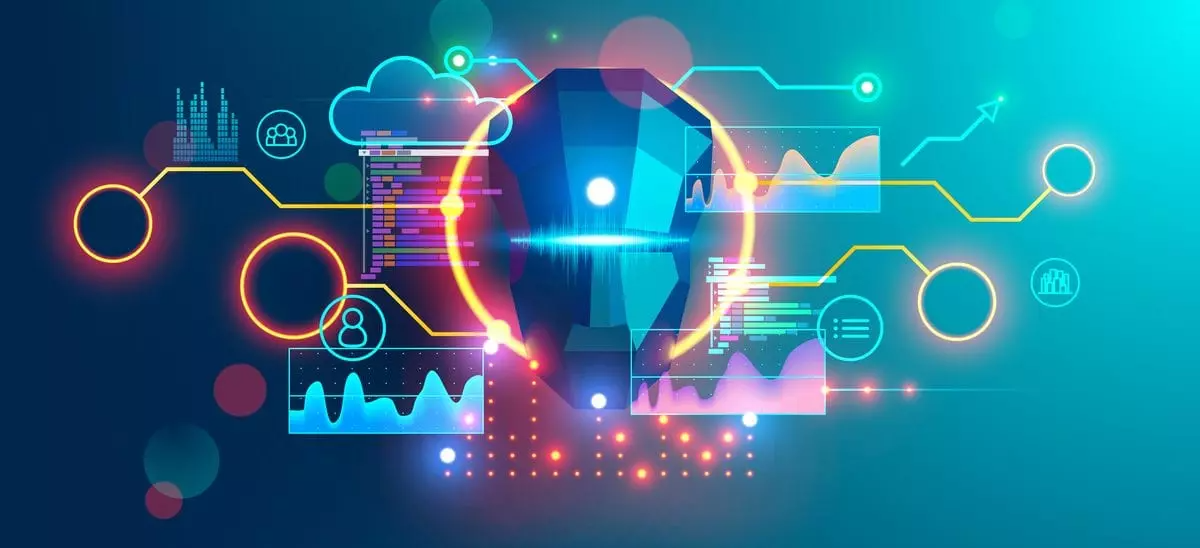Bot operators are expanding their scope: from sneakerbots to general sniperbots

Even if 2021 sees COVID in retreat, its effect in shifting retail further from offline to online is irreversible. People just won’t want to queue for bargains if they don’t have to. That’s especially interesting for those selling luxury limited-edition goods, or those with extremely high demand and limited supply—recently we’ve seen graphics cards and new consoles sell out and listed immediately on auction sites for hugely inflated amounts.
Luxury brands are looking to the success that sneakers have had in creating co-branded limited editions and thinking, “can we do that?” And they can, but just like the lines of dedicated “sneakerheads” have moved from outside stores to online queuing, their best way to make the most revenue will be e-commerce.
And that’s where the experience of the sneaker industry will be most valuable. Sneakerbots, the automated tools used to buy products online before anyone else, are becoming all-purpose “sniperbots”. They no longer need much technical know-how and are sold “as a service” to anyone interested. The frustration that genuine consumers displayed when they couldn’t purchase what they wanted in 2020 will repeat in 2021, only with more goods being bought from under them, and more types of goods.
2021 will either see brands start to tackle this problem or a consumer backlash.
The value of loyalty points
The economic effect of 2020 will resonate through 2021 at least, and consumers will look for better value from their retailers through vouchers, discounts and loyalty schemes. That last one is a cause for worry. Consumers are notoriously lax with the security of their loyalty points accounts, way more lax than with their online bank accounts. Increasingly, hackers have taken advantage of this, using passwords revealed in other breaches to hack into loyalty accounts. Those points can then be stolen—either used to buy goods or sold online on the dark web for a fraction of their actual worth.
Read more: Cybersecurity overconfidence leaves businesses at risk of bot attacks
2021 will see this theft become far more common, at a time when people are paying more attention to any loyalty benefits they can get. Retailers have a choice. They can demand that their customers have better security, adding complex passwords and two-factor authentication. They can replace all of the stolen loyalty points at great expense. Or they can deal with the attacks on their business by identifying the automated traffic on their sites.
Marketing departments will better understand bots. Will they react?
Marketing departments like to see more traffic on the websites they run. Those graphs heading upwards are good news—it means that their campaigns are working and their marketing decisions are good. But those numbers are likely to hide some bad news. Automated bots are generating more and more traffic, so numbers going up might actually be meaningless.
This is important as marketing needs to have a good understanding of their customers to make any decisions. What is a typical customer journey? Where are customers bouncing off pages, and where are they lingering? Any insight where the bots cannot be sifted out from the real people is meaningless.
Awareness of the problem is growing, thanks in part to bot traffic being highlighted in Google Analytics and similar products. But awareness is not enough. For a busy and hard-pressed marketing department, the news that the numbers they are basing their decisions on is flawed, and the graphs they are reporting are inflated, is something that they may be tempted to sweep under the carpet, at least for the moment.
So while 2021 may see greater awareness, it may not see any real action taken—even though it’s desperately needed.
To learn more about Netacea, visit: www.netacea.com
